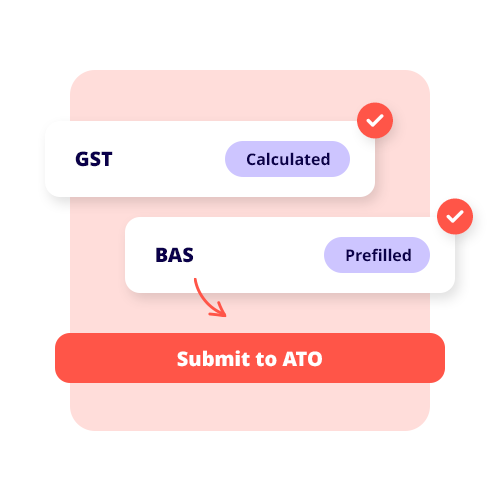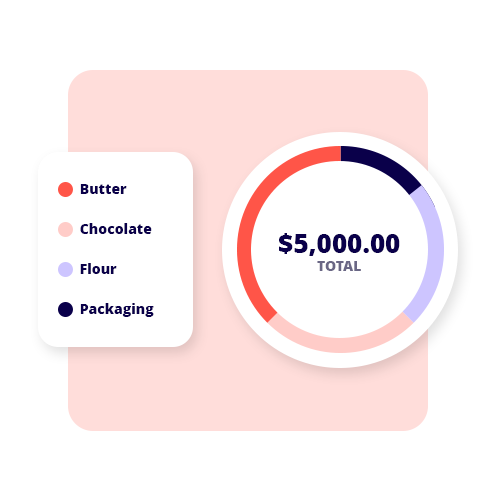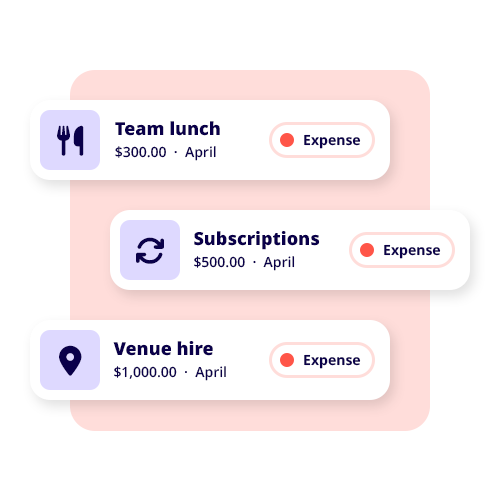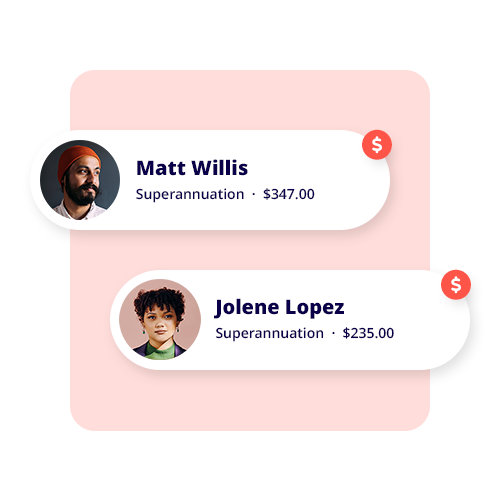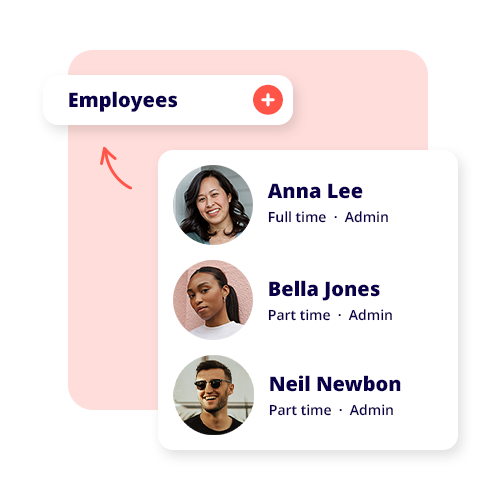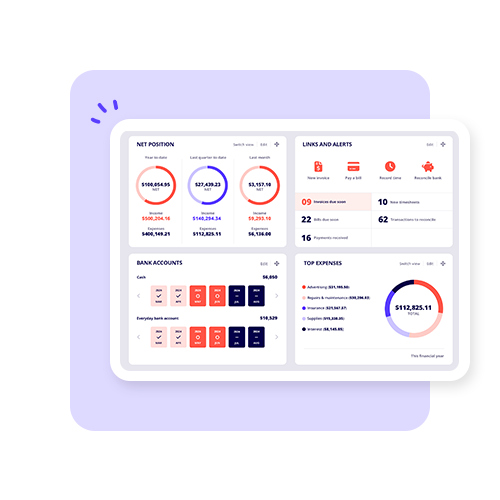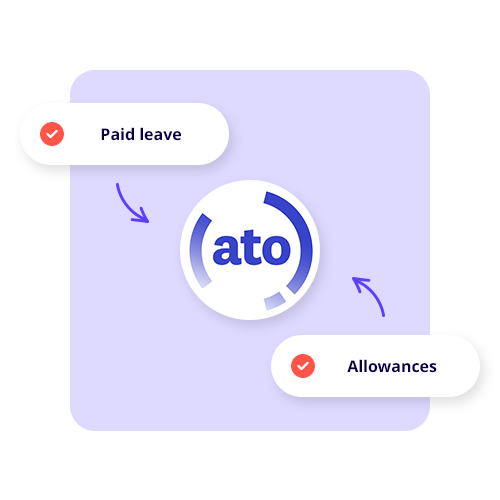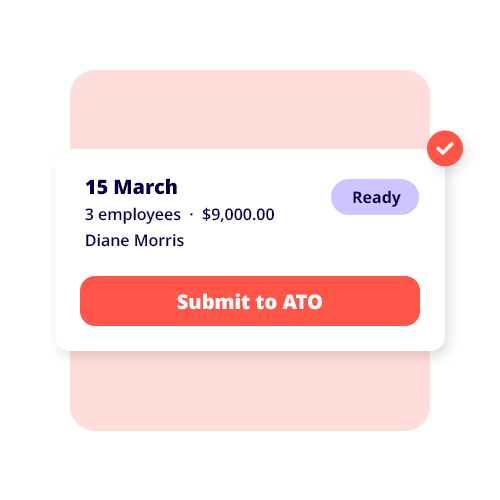Wage theft in Australia
We analysed data from the past five financial years to discover how wage theft has affected Australians across states and industries.


Wage theft has more than doubled since 2020
At Reckon, we understand how important it is for small businesses and workers to keep on top of key issues. That’s why we’ve taken a close look at wage theft in Australia, using data from the Fair Work Ombudsman (FWO) over the past five financial years (2019–20 to 2023–24).
Wage theft happens when a worker doesn’t get everything they’re legally entitled to—whether it’s on purpose or by mistake. This can include missed payments like wages, superannuation, overtime, penalty rates, or other allowances.
In this report, we focus on cases of underpayment. We looked at things like how many people asked for help (known as Requests for Assistance, or RfAs), how many investigations were launched, how often businesses didn’t follow the rules, and how much money was recovered for workers.
Most of the time, it’s employees, not businesses, who are raising these issues, with self-reporting being remarkably low compared to the number of RfAs. It’s worth mentioning that just because someone submits an RfA doesn’t mean a business has definitely done the wrong thing – it just means the worker needs help figuring out if they’ve been paid correctly. The FWO often encourages businesses to sort things out voluntarily before starting a formal investigation.
The data shows us just how bad the problem of wage theft in Australia is, and the effect that it can have on workers. Now, small businesses need to take steps to make sure they’re compliant and create fair workplaces for their employees.

Key takeaways
Wage theft over time
If we leave out the 2019–20 financial year, which was heavily affected by COVID-19, we can get a clearer look at how things have shifted between 2020–21 and 2023–24. Over this time, the number of completed investigations went up by 21.9%, and the number of businesses caught non-compliant jumped by 59%, reaching 2,484. Reports made by employers themselves more than doubled — from 41 to 100 — which is a huge 143.9% increase. This could be a sign that more employers are aware of underpayment issues and their responsibilities as an employer.
The total amount of money repaid to workers also rose sharply, going up by 228.2% to $472 million. Penalties paid for breaking the rules increased by 52.8%, from just over $477,000 to $729,000. Meanwhile, the number of RfAs actually reduced by 9.3%, from 15,024 to 13,628.
Looking at the bigger picture over five years, there’s been a 26.6% increase in the number of investigations that found businesses were doing wrong — from 806 cases up to nearly 2,500. There was also a major 170.7% jump in the number of non-compliant businesses per 100,000 businesses. On the flip side, RfAs per 100,000 businesses dropped by 14.2%, from 1,584 in 2019 to 1,358 in 2024. This suggests the landscape is changing as more businesses are being found non-compliant, even though fewer formal help requests are being made. One reason for this shift could be the introduction of laws in states like Victoria and Queensland that made wage theft a criminal offence starting in 2020.
The worst states for wage theft
The Northern Territory has the highest rate of businesses not following the rules, with 386.7 out of every 100,000 businesses found to be non-compliant. This is especially notable given the small number of businesses in the region. Tasmania and Queensland also have high rates of non-compliance, with 241.7 and 236.1 businesses per 100,000 respectively.
In larger states, like New South Wales and Victoria, the total number of RfAs is much higher. But because they have so many businesses overall, their non-compliance rates are much lower in comparison. For example, Victoria received more than 20,000 RfAs, but only 2,885 businesses were actually found to be non-compliant — that’s a rate of 233.1 per 100,000 businesses. New South Wales had the most RfAs overall (21,382) but a lower non-compliance rate of 158.7 per 100,000 businesses.
South Australia and the ACT fall somewhere in the middle. South Australia had 3,442 RfAs and 512 non-compliant businesses, which equals a rate of 194.1 per 100,000. The ACT had a rate of 160.6, which is relatively low considering how few businesses operate there. Western Australia had the lowest rate of non-compliance in the country, with just 152.1 non-compliant businesses per 100,000. Out of over 5,600 RfAs, only 664 businesses were found to be breaking the rules, showing a generally strong commitment to following regulations in WA.
Overall, smaller states and territories tend to have higher rates of non-compliance, while the larger states generally do a better job of keeping things in check, especially when you consider how many businesses they have.
The worst industries for wage theft
Surprisingly, the Public Administration and Safety sector has the highest rate of wage theft, with 932.3 cases per 100,000 businesses — even though there were only 1,390 complaints made. This shows that, in this sector, a high number of businesses are breaking the rules, even if not many reports are being lodged.
The Accommodation and Food Services industry isn’t far behind. It had a huge number of complaints — 11,369 in total — and 2,553 businesses were found to be non-compliant. That works out to 666 businesses per 100,000, making it the second worst industry for wage theft. This adds to long-standing concerns about hospitality jobs, which often involve young, casual workers who may be more vulnerable to underpayment.
What’s surprising is that even heavily regulated industries like Electricity, Gas, Water and Waste Services, and Transport, Postal and Warehousing made it into the top 10. This shows that wage theft can happen in all kinds of workplaces.
On the other hand, industries like Professional, Scientific and Technical Services, Information Media and Telecommunications, and Financial and Insurance Services have the lowest rates of wage theft. While these sectors aren’t completely free of issues, the lower numbers suggest they may have stronger systems in place to follow the rules, be more open about pay, or have employees who are better supported.
“Staying compliant with wage laws is not just about avoiding penalties — it’s about fostering a fair and ethical workplace that benefits both employees and businesses. Our research reveals that wage theft continues to be a significant issue across Australia, with over 16,700 investigations completed and more than 9,400 businesses found non-compliant over the past five financial years. The scope of this issue is highlighted by the $1.76 billion that was repaid to workers, emphasising the far-reaching consequences for businesses that fail to comply.
“Businesses can protect themselves by regularly reviewing payroll systems, staying informed about industry-specific regulations, and promptly addressing any discrepancies. Reckon’s payroll software simplifies this process by automating payroll calculations, ensuring accurate and timely payments, and keeping businesses up to date with the latest compliance requirements. By implementing robust compliance frameworks, investing in ongoing training, and utilising technology, businesses can not only avoid the costly consequences of non-compliance but also build a strong level of trust with their employees, ensuring a fairer and more sustainable work environment.”

ABOUT THE DATA
For the purposes of this report, the terms wage theft and underpayment have been used interchangeably. These terms encapsulate all deliberate and non-deliberate forms of underpayment – which is when employees are not paid their full lawful entitlements, including unpaid wages, superannuation, overtime and penalty rates, or other allowances. This data was broken down by location at the state level and by industry (ANZSIC industry classifications)
We have analysed the impact of wage theft through measures including the volume of Requests for Assistance (RfA’s) the FWO have received in relation to underpayment, the number of businesses that have been labelled “non-compliant” as a result from closed investigations by the FWO, the amount repaid to Australian workers as a result of these investigations, the value of infringement penalties paid by non-compliant businesses, as well as the number of litigated decision orders and the value from its’ penalties.
Calculations for the rate per 100,000 businesses is based on the count of employing businesses operating at the beginning of each financial year (by annualised employment size ranges) according to the Australian Bureau of Statistics’ Counts of Australian Businesses June 2019 – June 2024. The number of employing businesses includes only those within the 8 states and territories of Australia and those classified under the 19 ANZSIC industries.

Download the full report
Survey reveals wage theft across Australia.

“Reckon Payroll is so easy to use & even gives you your pay slips. I would highly recommend it to any business.”
Curves Gym, Ulladulla
set-up reckon Payroll
Payroll software made for every small business
Manage wages, leave, super and Single Touch Payroll for your employees.
Related articles

Read more >

Read more >

Read more >


























